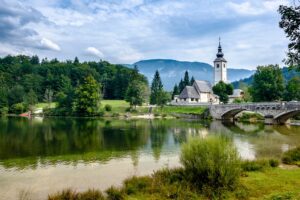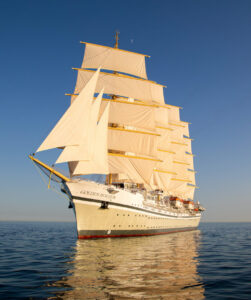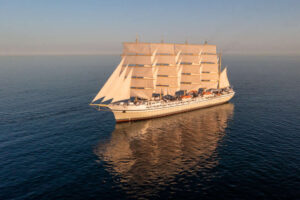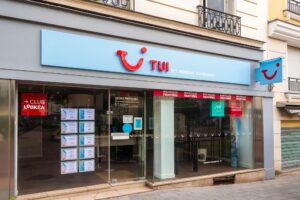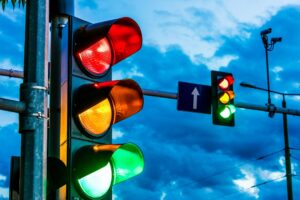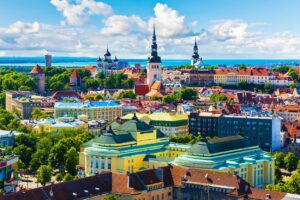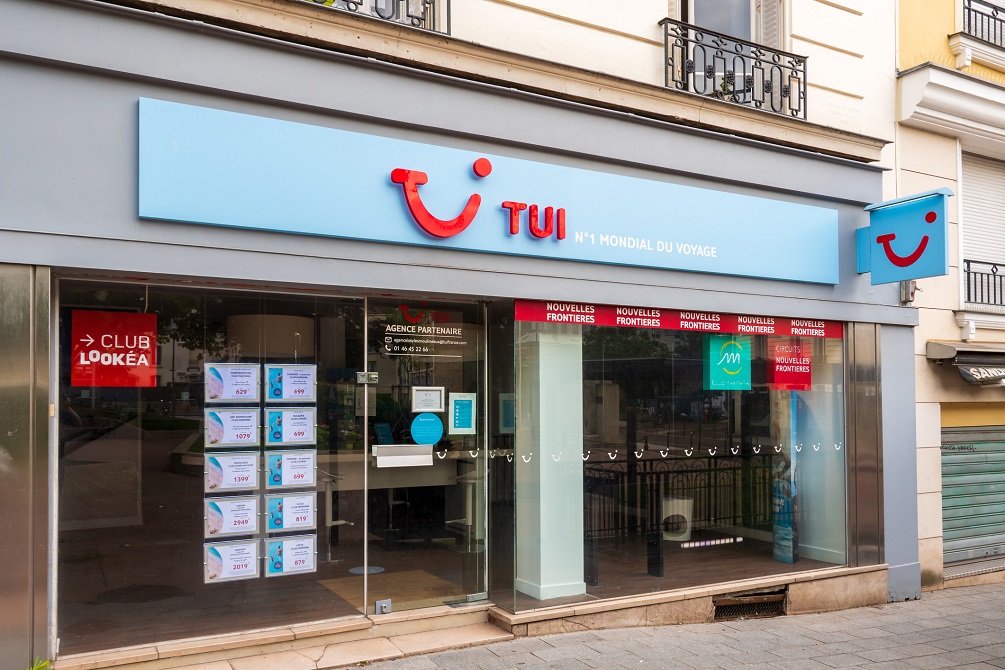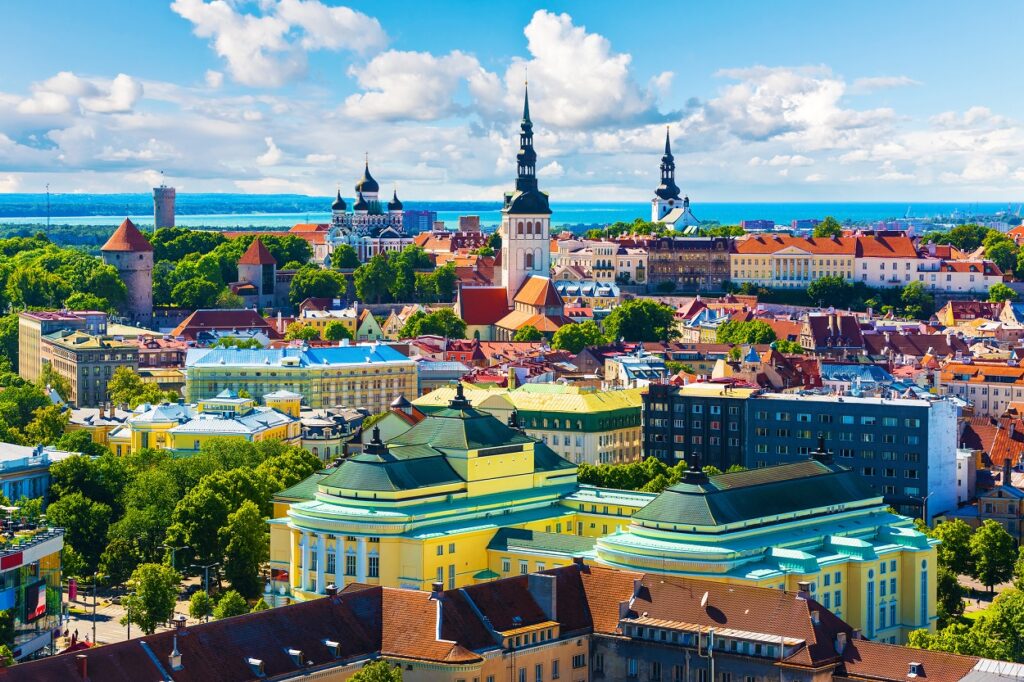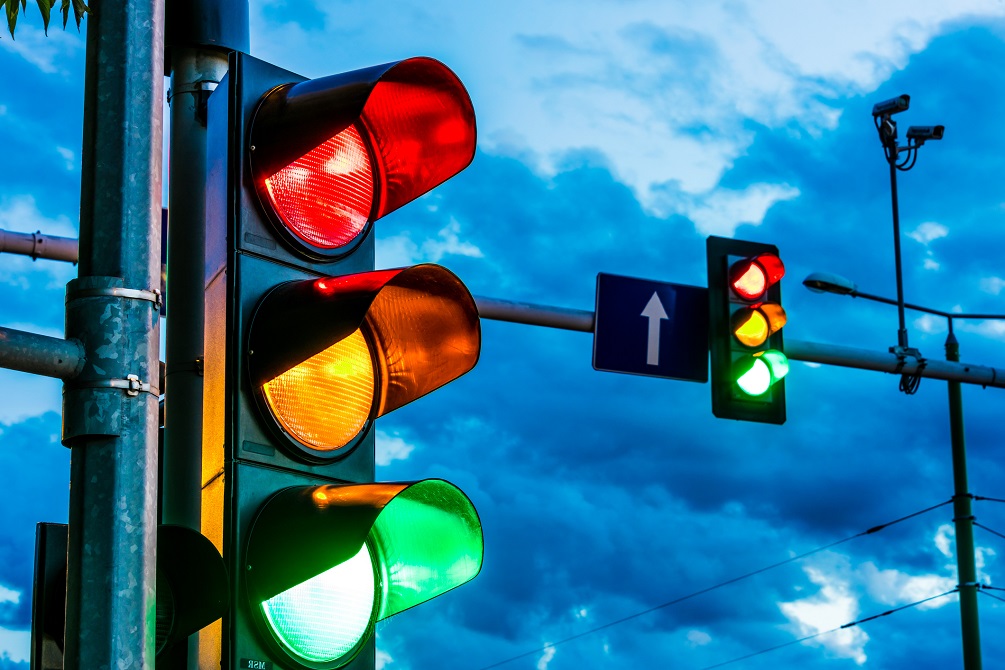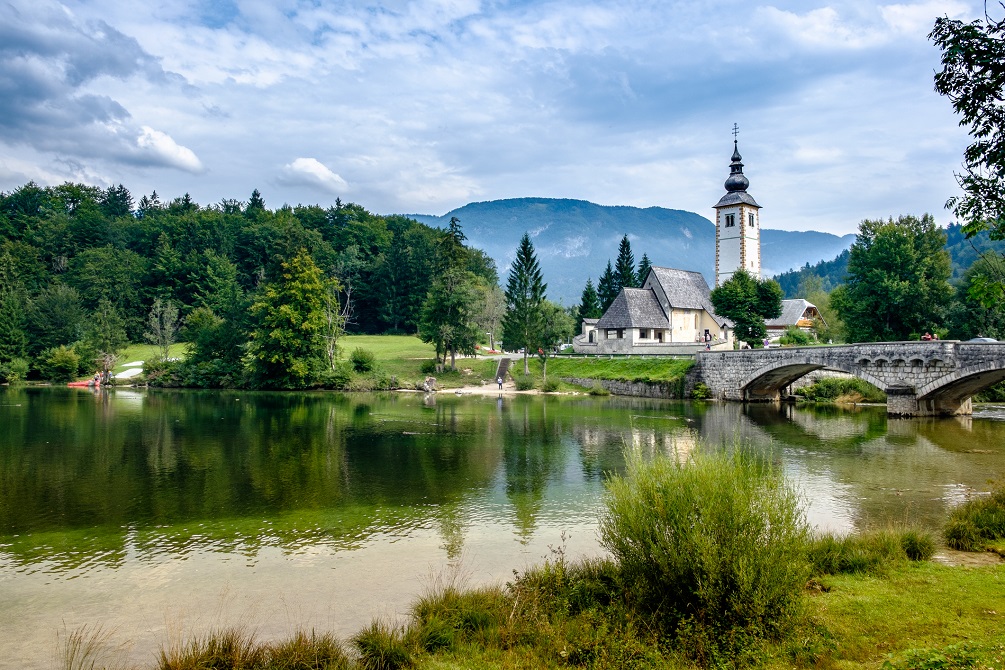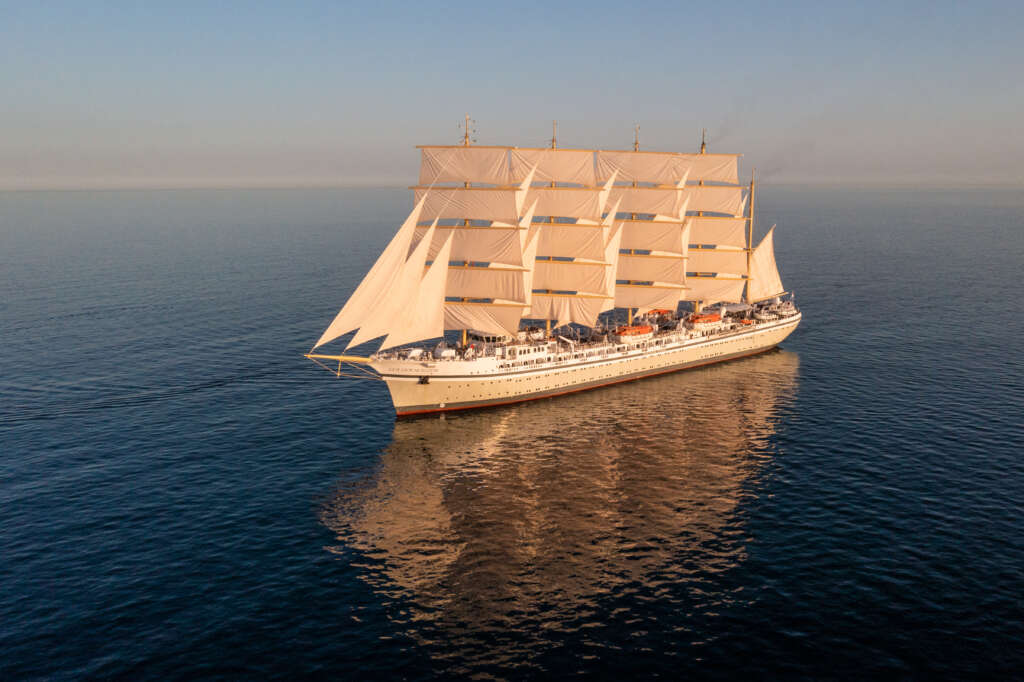Slovenia
Slovenia is mostly known for its dramatic scenery, historic towns, castles and churches, walks, hikes, delicious food, brandy, wine & beer, spas, thermal baths and lots of outdoor activities.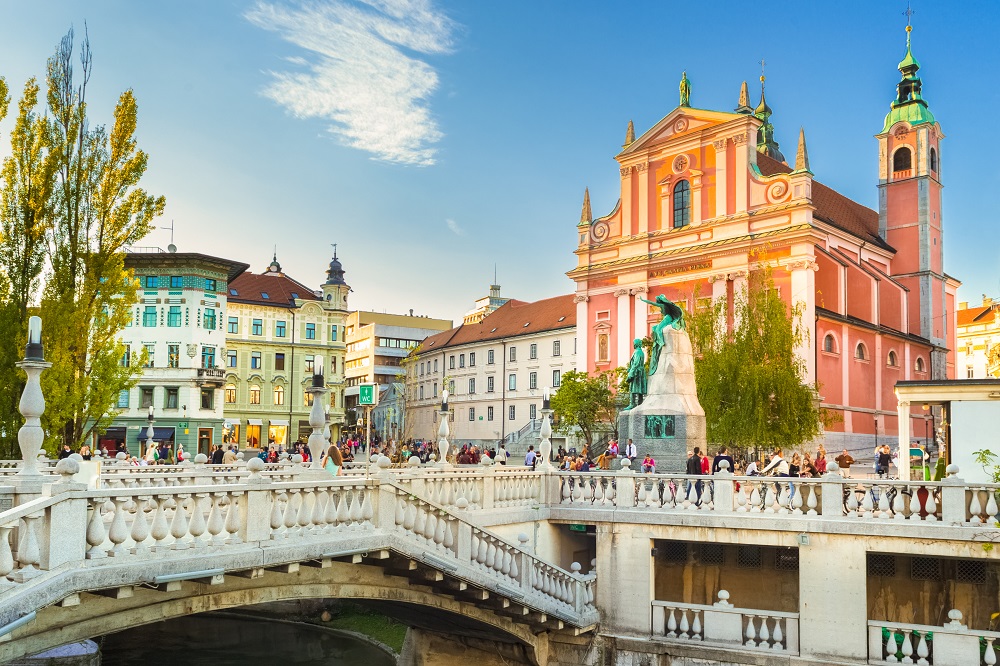
Slovenia is a beautiful country situated in Central Europe. It is known for its splendid lakes, ski resorts, and mountains. Ljubljana is the largest city in Europe and also the capital of Slovenia. This country is spread across an area of 20,273 square meters. The official language of the country is Slovene. For a major part of its history, the Habsburgs who hailed from Austria controlled this land.
Slovenia was a part of the republic of Yugoslavia constituency. It is bordered by Hungary, Italy, and Croatia. It appears almost landlocked, has a short coastline of just about 46 km at the Adriatic Sea between Croatia and Italy.
The weather here is influenced by the Alps as well as the Adriatic Sea. Moreover, it has a Mediterranean climate right along its coast while the climate is continental around the plateaus.
When you travel to Slovenia, you must visit its cities, coastal towns, and villages.
Koper is the oldest of all the coastal towns in Slovenia. Though it’s a lesser-known tourist place, it offers several enjoyable attractions.
Kranjska Gora This place is popular, especially for its winters sports. Located towards the northwest of Slovenia, this region offers numerous ski and snowboarding activities to its visitors.
Celje, a small city located on the banks of the Savinja river has a scenic infrastructure and has some traditional eateries which you can enjoy while admiring the architecture of the city.
Ptuj, one of the oldest cities of the nation is known for its town hall and collection of artifacts and arts. The city also houses a Dominican monastery in its largest museum.
The town of Piran, although small in size, is quite scenic, historic, and quaint. If you are a history buff, landmarks such as the Tartinijev trg (Tartini Square), and the church of St. George will interest you.
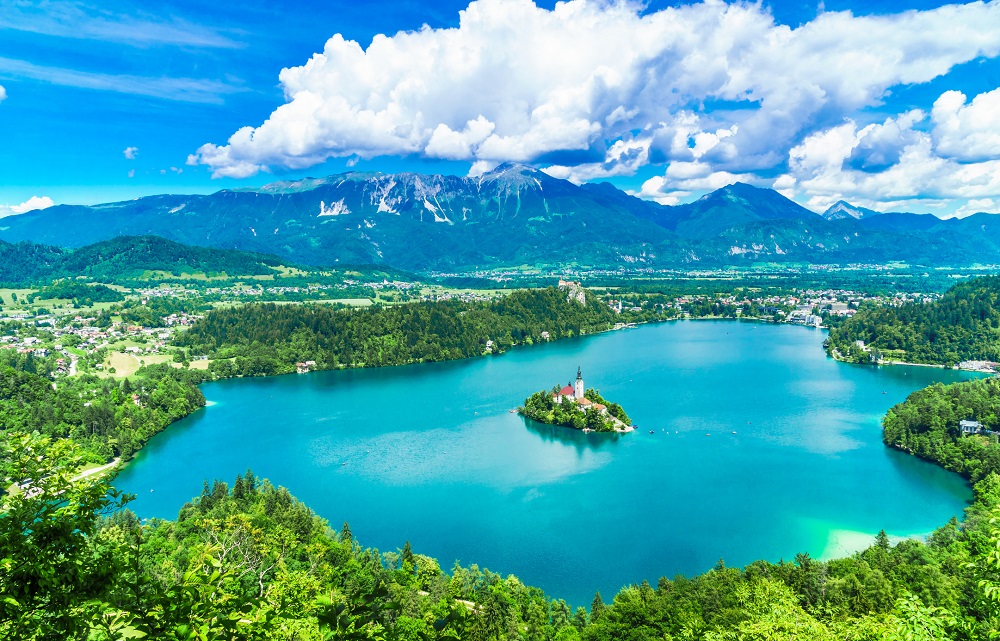


When you travel to Slovenia, you’ll notice that it is mountainous as well as quite hilly at the same time. About 90% of Slovenia’s surface is about 700 feet above sea level. The forests cover almost half of the country, making it one of the greenest countries across the globe. Agricultural lands occupy about 43% of the total area of Slovenia.
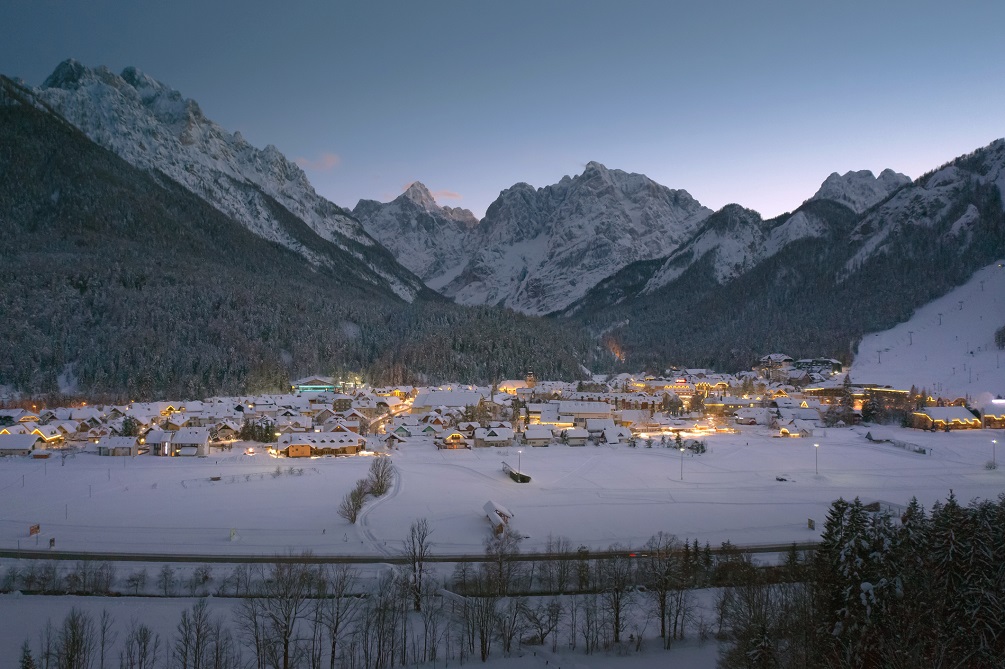


Slovenia experiences four different seasons; however, the topography creates three separate climates. The northwest region experiences an Alpine climate whereas the temperature in the valley is moderate in summers and is cold during the winters. A major part of eastern Slovenia experiences a continental climate with cold winters and hot summers. The average temperature here in July ranges between 68 and 75 Fahrenheit in the interior regions, whereas on the coast the temperature is around 82-85 F.
Slovenia gets rainfall during the autumn season (October and November) and spring (May and June). January is regarded as the coldest month of the year and has a temperature of about 30-degree F, while the climate is warmest in July with an average temperature of 70 degrees F.
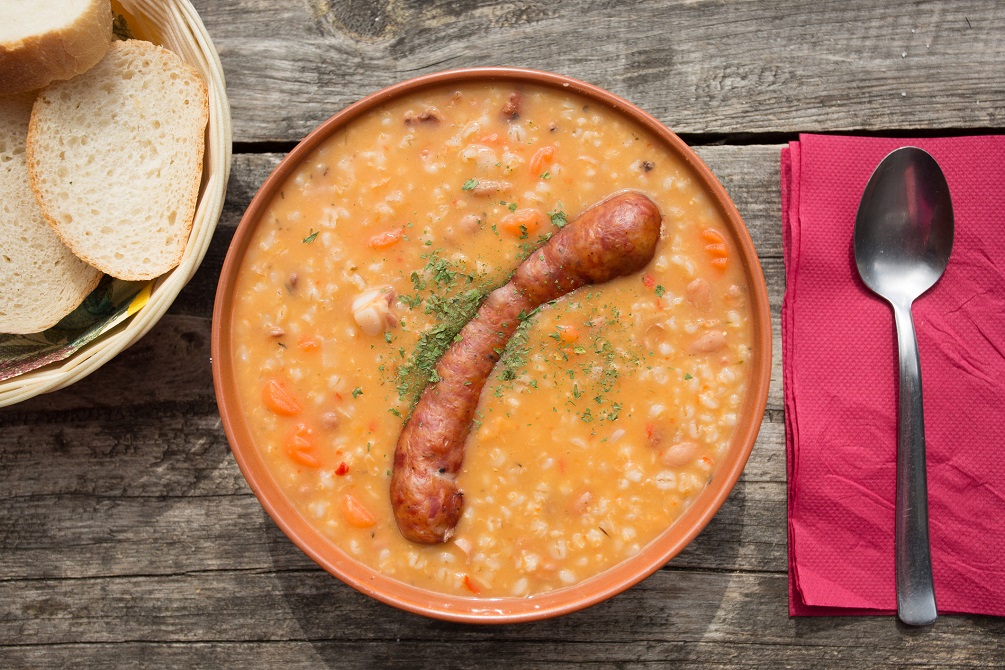


A large portion of Slovenian food is influenced by its neighbouring countries, so writing about it is no easy task. The flavours here are mostly influenced by Austria, Hungary, Italy, and Croatia. Nevertheless, the cuisine is extremely mouth-watering and boasts about 24 distinct culinary regions. During the 1980s Slovenia embraced the slow food movement wholeheartedly, and that says a lot about the cuisine here. The food is made with a lot of love and the dishes cannot be rushed.
So, what should you be gorging on if you are in Slovenia?
Veal and buckwheat dumplings
This dish resembles a “buckwheat spoonbread” for all those who are yet to master Slovenian cuisine. These dumplings are traditionally served with sauerkraut, meat, stews, or even sausages. Buckwheat is also one of the primary crops in Slovenia. It’s also the staple ingredient in all the porridges that Slovenians prepare.
Belo Kranjska povitica
This is a special kind of pastry, which is made of crispy and flaky dough with some savoury and sweet filling. Once you make the dough, you need to rest it for about 60 minutes before you can roll it out. Stretch it as thinly as possible and bake in the oven.
Belo Kranjska povitica
Bujta originates from the word Kill and this dish is considered to be a typical winter warmer. The preparation includes stewing of some of the fatty parts of pigskins along with sour turnips. The millet porridge that is eaten alongside this dish is basically a thick soup that is prepared by throwing in some vegetable or chicken stock along with some millet powder.
Kranjska Klobasa
Slovenia loves its sausages. Kranjska Klobasa is the most famous sausage that one can find here. The traditional recipe to make these sausages contains salt, pepper, pork and garlic.
Prekmurska Gibanica
This dish is essentially a layered pastry cake that contains raisins, nuts, apples and ricotta. This desert is particularly popular in rural regions and represents a different kind of fruit that is grown in this region.
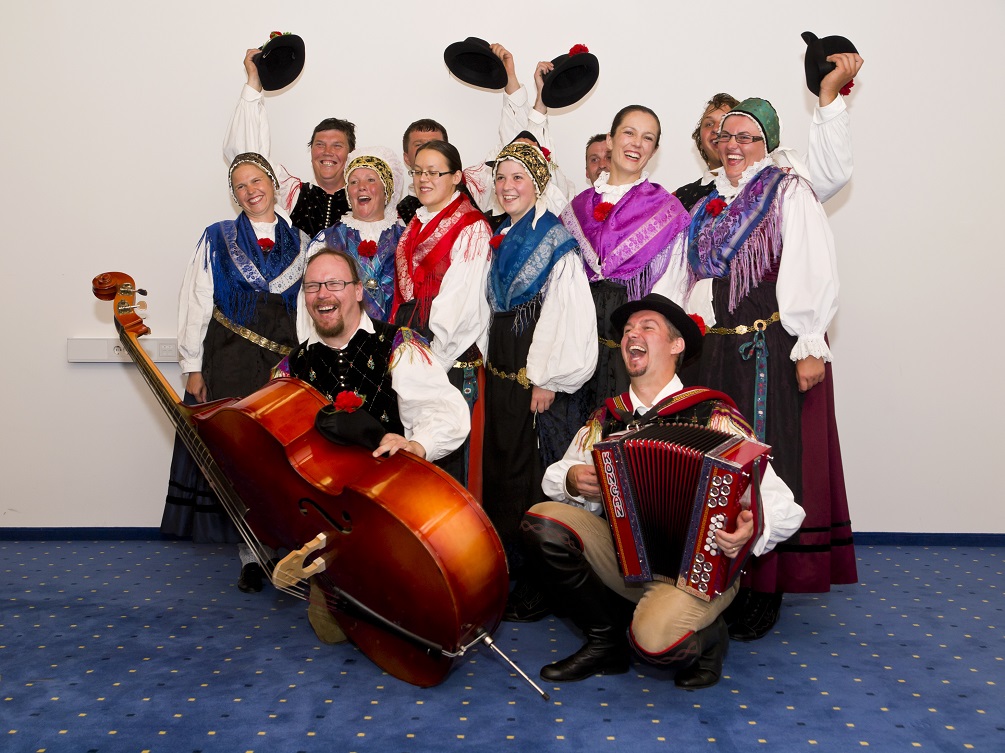


Gorenjska is considered to be the national dress of Slovenia. The traditional male costumes consist of leather jackets, a vest, long pants, large boots, and a hat. The male vests are almost always embroidered or with floral patterns all over them. The men also sport a scarf that they wear beneath the vest and on top of their shirts. So, only the ends of the scarf are visible from the front.
The female clothing is equally interesting. Women typically wear a dress, a jacket over it or an apron, a headdress, a belt, a handkerchief, and shoes. The undergarments consist of bloomers, blouses, and petticoats. All of these items are mostly made of cotton. The collars and cuffs of their blouses are often decorated with beautiful laces, giving them a very elegant look.
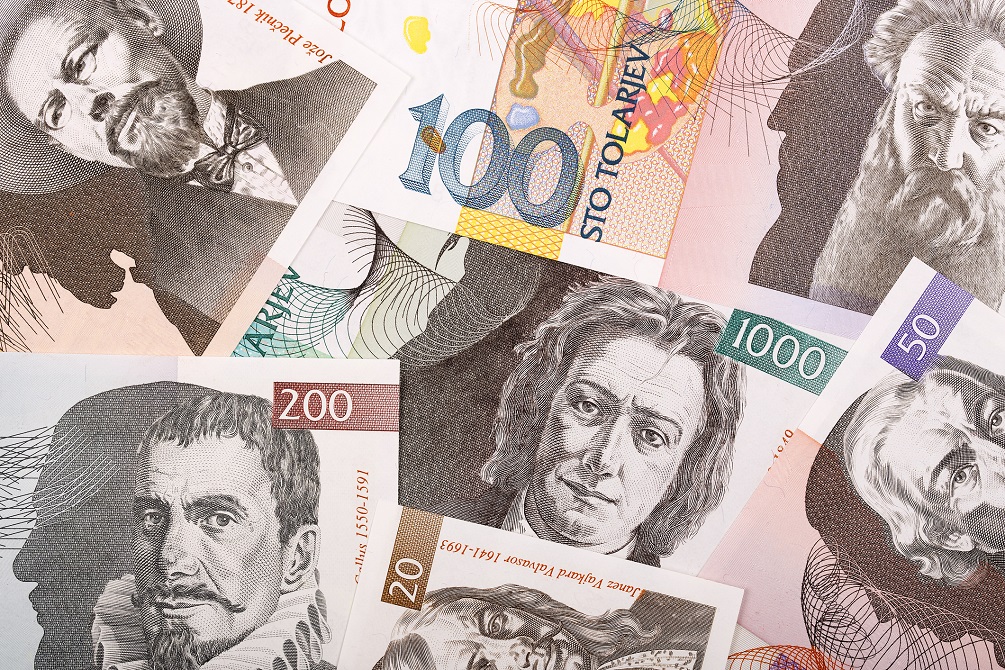


Tolar has been the currency of Slovenia since 8th October 1991. Tolar also replaced the “Yugoslav” currency in 1990. It was pitted against the Euro in the ERM II (European exchange rate mechanism), in 2004.
As of today, the exchange rate of 1 Irish pound is 1.0645843 Pounds. When you travel to Slovenia, you can use websites like Transfer wise or circle pay to avoid paying exchange fees.
Coins
The denominations of 10, 20, and 50 stotins were introduced in 1992. Additional coins included 1 tolar, 2 tolar, and 5 tolarjev. In 2000 a 10-tolarjev coin was introduced which was later followed by 20 and 50 tolarjev in the year 2003.
Banknotes
The first banknotes that were issued in Slovenia were the provisional payment notes, which were issued in 1991. The notes that were released were of the denomination 1, 2, 5, 10, 50, 100, 200, 500, 1000, and 5000 tolarjev. All of these notes featured the tallest mountain of Slovenia called the Triglav along with the prince’s stone, honeycomb pattern as well as the image of carniolan bee on the back.
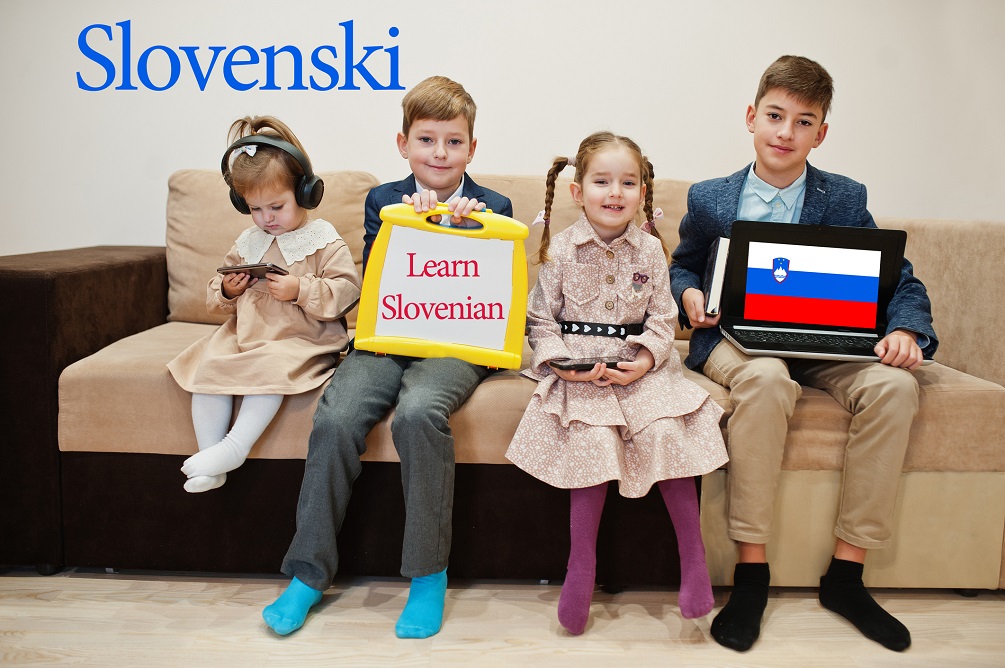


Slovene, being the official language of Slovenia is actually the first Slavic language by the people of this region and is known to be one of the most archaic languages across Europe. It is quite surprising that only a little over two million people can speak this language today. Slovene has almost 50 dialects. Let’s look at some of the most fascinating facts about Slovene.
Slovene is known to be the oldest written Slavic language.
Slovene is a rare Indo-European language, which uses dual; it’s a grammatical number that is used by several languages in addition to tenses like singular or plural. The term dual here refers to two people, two concepts or objects that are identified by noun or pronoun.
Some of the most commonly used Slovenian words are:
- LJUBEZEN – Love
- DRUŽINA – family
- Zaklad – Treasure
- SVOBODA – freedom
- Modrost – wisdom
- MIR – peace
- Edinstevn – unique
- Dobrodošli – welcome
- Zivjo – Hello
- Dobro Jutro – Good morning
- Adijo – Goodbye
- Dober tek – Bon Appetit
- Da – yes
- Ne – No
Slovenes use the Latin alphabets C, S, Z. The Slovene alphabets were not developed until 1840.
You may be surprised to know this but the Slovenian language does not have any cuss or vulgar words. If and when the Slovenians do use curse words, they sound quite silly, and almost seem filled with an innocence of a child.



Slovenia follows a polycentric culture. This means that the people living here can and often go out of their way to change their behavior in order to match one of the persons who they are interacting with. This level of flexibility in their nature makes them accepting of most cultures in the world.
Here in Slovenia, the family is always at the center of every social structure. Of course, the times are changing and the new generation isn’t as family-centric ad the old ones, but the family setting remains strong even today. The sense of “home” is very strong in Slovenians. When they are not working, you can always spot them embarking on home gardening or painting projects. Most of their free time is spent on recreational activities that will help make their families more comfortable.
More than half of the population in Slovenia is Roman Catholic. There are about 38 religious groups that are officially registered within Slovenia. It also has a large number of Evangelical Lutherans who reside near the Hungarian border. The ones who call themselves catholic actually combine their religious beliefs with secular beliefs.
Everyone here follows table manners, says grace before each meal, and often brings flowers, chocolates, and bottles of wine when invited over.
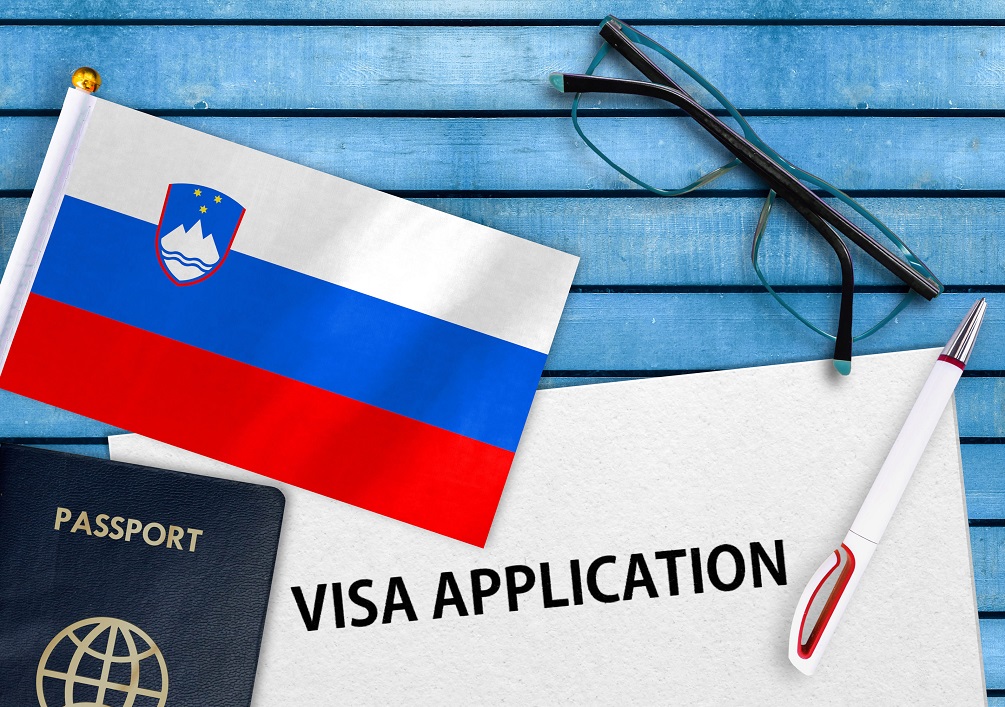


A Slovenian passport can help you to stay legally in Europe, manage your own business, and if you are a student looking to stay here, you can study at your preferred university in Europe.
If your stay is less than 90 days, you don’t need a visa. People who plan to stay longer will also require a residence permit. All the non-EU nationals: Australians Americans, Canadians, and the British are allowed to travel to Slovenia or any other European countries for that matter without a visa for 90days in a six-monthly (180 day) period.
For more visa and passport information, we advise you to log in to their official website.
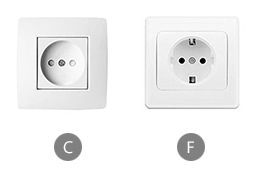


The sockets and power plugs in Slovenia are of type F. The average standard voltage here is 230V while the standard frequency is 50HZ.
Type F: This type is also known as “Schuko.” It works exceptionally well with plug E and plug C.
You can easily use electrical appliances in Slovenia as the standard voltage in the country ranges between 220-240V. Even if you have a little deviation in these standards, you might face problems with your electrical usage. It’s always safer to carry a voltage converter while in Slovenia to avoid such troubles. You will also need to consider carrying a pair of the combined voltage converters and a power plug adapter,
If the standard frequency in your country differs from 50Hxz, it is advisable to avoid using your appliances. It’s quite possible that some appliances might not need a converter, but you have to ensure that the label on those appliances mentions “INPUT: 100-240v, 50/60Hz”.



Slovenia is a beautiful country situated in Central Europe. It is known for its splendid lakes, ski resorts, and mountains. Ljubljana is the largest city in Europe and also the capital of Slovenia. This country is spread across an area of 20,273 square meters. The official language of the country is Slovene. For a major part of its history, the Habsburgs who hailed from Austria controlled this land.
Slovenia was a part of the republic of Yugoslavia constituency. It is bordered by Hungary, Italy, and Croatia. It appears almost landlocked, has a short coastline of just about 46 km at the Adriatic Sea between Croatia and Italy.
The weather here is influenced by the Alps as well as the Adriatic Sea. Moreover, it has a Mediterranean climate right along its coast while the climate is continental around the plateaus.
When you travel to Slovenia, you must visit its cities, coastal towns, and villages.
Koper is the oldest of all the coastal towns in Slovenia. Though it’s a lesser-known tourist place, it offers several enjoyable attractions.
Kranjska Gora This place is popular, especially for its winters sports. Located towards the northwest of Slovenia, this region offers numerous ski and snowboarding activities to its visitors.
Celje, a small city located on the banks of the Savinja river has a scenic infrastructure and has some traditional eateries which you can enjoy while admiring the architecture of the city.
Ptuj, one of the oldest cities of the nation is known for its town hall and collection of artifacts and arts. The city also houses a Dominican monastery in its largest museum.
The town of Piran, although small in size, is quite scenic, historic, and quaint. If you are a history buff, landmarks such as the Tartinijev trg (Tartini Square), and the church of St. George will interest you.



When you travel to Slovenia, you’ll notice that it is mountainous as well as quite hilly at the same time. About 90% of Slovenia’s surface is about 700 feet above sea level. The forests cover almost half of the country, making it one of the greenest countries across the globe. Agricultural lands occupy about 43% of the total area of Slovenia.



Slovenia experiences four different seasons; however, the topography creates three separate climates. The northwest region experiences an Alpine climate whereas the temperature in the valley is moderate in summers and is cold during the winters. A major part of eastern Slovenia experiences a continental climate with cold winters and hot summers. The average temperature here in July ranges between 68 and 75 Fahrenheit in the interior regions, whereas on the coast the temperature is around 82-85 F.
Slovenia gets rainfall during the autumn season (October and November) and spring (May and June). January is regarded as the coldest month of the year and has a temperature of about 30-degree F, while the climate is warmest in July with an average temperature of 70 degrees F.



A large portion of Slovenian food is influenced by its neighbouring countries, so writing about it is no easy task. The flavours here are mostly influenced by Austria, Hungary, Italy, and Croatia. Nevertheless, the cuisine is extremely mouth-watering and boasts about 24 distinct culinary regions. During the 1980s Slovenia embraced the slow food movement wholeheartedly, and that says a lot about the cuisine here. The food is made with a lot of love and the dishes cannot be rushed.
So, what should you be gorging on if you are in Slovenia?
Veal and buckwheat dumplings
This dish resembles a “buckwheat spoonbread” for all those who are yet to master Slovenian cuisine. These dumplings are traditionally served with sauerkraut, meat, stews, or even sausages. Buckwheat is also one of the primary crops in Slovenia. It’s also the staple ingredient in all the porridges that Slovenians prepare.
Belo Kranjska povitica
This is a special kind of pastry, which is made of crispy and flaky dough with some savoury and sweet filling. Once you make the dough, you need to rest it for about 60 minutes before you can roll it out. Stretch it as thinly as possible and bake in the oven.
Belo Kranjska povitica
Bujta originates from the word Kill and this dish is considered to be a typical winter warmer. The preparation includes stewing of some of the fatty parts of pigskins along with sour turnips. The millet porridge that is eaten alongside this dish is basically a thick soup that is prepared by throwing in some vegetable or chicken stock along with some millet powder.
Kranjska Klobasa
Slovenia loves its sausages. Kranjska Klobasa is the most famous sausage that one can find here. The traditional recipe to make these sausages contains salt, pepper, pork and garlic.
Prekmurska Gibanica
This dish is essentially a layered pastry cake that contains raisins, nuts, apples and ricotta. This desert is particularly popular in rural regions and represents a different kind of fruit that is grown in this region.



Gorenjska is considered to be the national dress of Slovenia. The traditional male costumes consist of leather jackets, a vest, long pants, large boots, and a hat. The male vests are almost always embroidered or with floral patterns all over them. The men also sport a scarf that they wear beneath the vest and on top of their shirts. So, only the ends of the scarf are visible from the front.
The female clothing is equally interesting. Women typically wear a dress, a jacket over it or an apron, a headdress, a belt, a handkerchief, and shoes. The undergarments consist of bloomers, blouses, and petticoats. All of these items are mostly made of cotton. The collars and cuffs of their blouses are often decorated with beautiful laces, giving them a very elegant look.



Tolar has been the currency of Slovenia since 8th October 1991. Tolar also replaced the “Yugoslav” currency in 1990. It was pitted against the Euro in the ERM II (European exchange rate mechanism), in 2004.
As of today, the exchange rate of 1 Irish pound is 1.0645843 Pounds. When you travel to Slovenia, you can use websites like Transfer wise or circle pay to avoid paying exchange fees.
Coins
The denominations of 10, 20, and 50 stotins were introduced in 1992. Additional coins included 1 tolar, 2 tolar, and 5 tolarjev. In 2000 a 10-tolarjev coin was introduced which was later followed by 20 and 50 tolarjev in the year 2003.
Banknotes
The first banknotes that were issued in Slovenia were the provisional payment notes, which were issued in 1991. The notes that were released were of the denomination 1, 2, 5, 10, 50, 100, 200, 500, 1000, and 5000 tolarjev. All of these notes featured the tallest mountain of Slovenia called the Triglav along with the prince’s stone, honeycomb pattern as well as the image of carniolan bee on the back.



Slovene, being the official language of Slovenia is actually the first Slavic language by the people of this region and is known to be one of the most archaic languages across Europe. It is quite surprising that only a little over two million people can speak this language today. Slovene has almost 50 dialects. Let’s look at some of the most fascinating facts about Slovene.
Slovene is known to be the oldest written Slavic language.
Slovene is a rare Indo-European language, which uses dual; it’s a grammatical number that is used by several languages in addition to tenses like singular or plural. The term dual here refers to two people, two concepts or objects that are identified by noun or pronoun.
Some of the most commonly used Slovenian words are:
- LJUBEZEN – Love
- DRUŽINA – family
- Zaklad – Treasure
- SVOBODA – freedom
- Modrost – wisdom
- MIR – peace
- Edinstevn – unique
- Dobrodošli – welcome
- Zivjo – Hello
- Dobro Jutro – Good morning
- Adijo – Goodbye
- Dober tek – Bon Appetit
- Da – yes
- Ne – No
Slovenes use the Latin alphabets C, S, Z. The Slovene alphabets were not developed until 1840.
You may be surprised to know this but the Slovenian language does not have any cuss or vulgar words. If and when the Slovenians do use curse words, they sound quite silly, and almost seem filled with an innocence of a child.



Slovenia follows a polycentric culture. This means that the people living here can and often go out of their way to change their behavior in order to match one of the persons who they are interacting with. This level of flexibility in their nature makes them accepting of most cultures in the world.
Here in Slovenia, the family is always at the center of every social structure. Of course, the times are changing and the new generation isn’t as family-centric ad the old ones, but the family setting remains strong even today. The sense of “home” is very strong in Slovenians. When they are not working, you can always spot them embarking on home gardening or painting projects. Most of their free time is spent on recreational activities that will help make their families more comfortable.
More than half of the population in Slovenia is Roman Catholic. There are about 38 religious groups that are officially registered within Slovenia. It also has a large number of Evangelical Lutherans who reside near the Hungarian border. The ones who call themselves catholic actually combine their religious beliefs with secular beliefs.
Everyone here follows table manners, says grace before each meal, and often brings flowers, chocolates, and bottles of wine when invited over.



A Slovenian passport can help you to stay legally in Europe, manage your own business, and if you are a student looking to stay here, you can study at your preferred university in Europe.
If your stay is less than 90 days, you don’t need a visa. People who plan to stay longer will also require a residence permit. All the non-EU nationals: Australians Americans, Canadians, and the British are allowed to travel to Slovenia or any other European countries for that matter without a visa for 90days in a six-monthly (180 day) period.
For more visa and passport information, we advise you to log in to their official website.



The sockets and power plugs in Slovenia are of type F. The average standard voltage here is 230V while the standard frequency is 50HZ.
Type F: This type is also known as “Schuko.” It works exceptionally well with plug E and plug C.
You can easily use electrical appliances in Slovenia as the standard voltage in the country ranges between 220-240V. Even if you have a little deviation in these standards, you might face problems with your electrical usage. It’s always safer to carry a voltage converter while in Slovenia to avoid such troubles. You will also need to consider carrying a pair of the combined voltage converters and a power plug adapter,
If the standard frequency in your country differs from 50Hxz, it is advisable to avoid using your appliances. It’s quite possible that some appliances might not need a converter, but you have to ensure that the label on those appliances mentions “INPUT: 100-240v, 50/60Hz”.
Travel related news, information and inspirational articles and videos for travellers booking flights or holidays to Slovenia. Ask questions about travel in Slovenia and get answers from Slovenia experts
NEWS
Inspiration, Information and Travel Guides
MEET THE Slovenia EXPERTS
If you are looking to book a holiday to Slovenia or needs some help and advice planning travel to Slovenia then contact one of the UK based independent travel agents that specialise in Slovenia itineraries.
FEATURED VIDEOS
Your Travel Questions Answered
Ask any travel related question and get an answer from one of our experts that will provide you with an answer from their personal experience
There is no question for this category.

